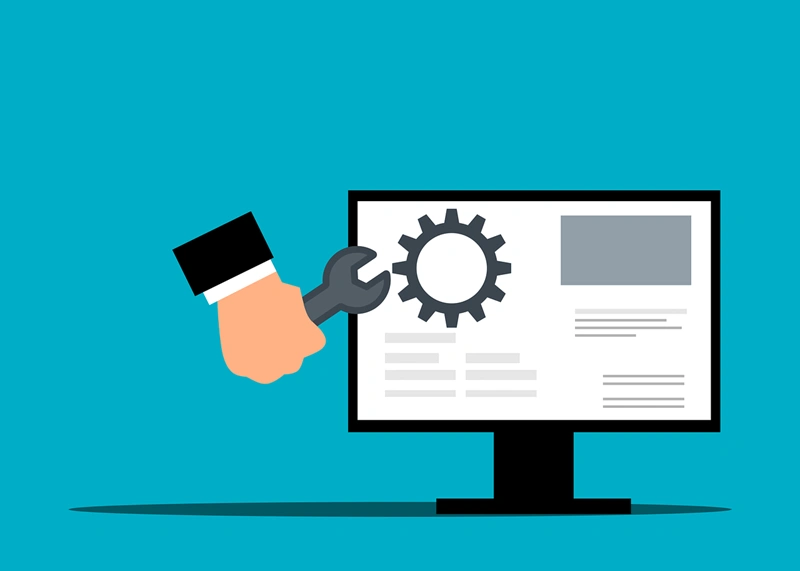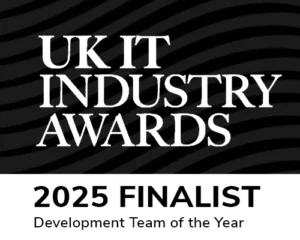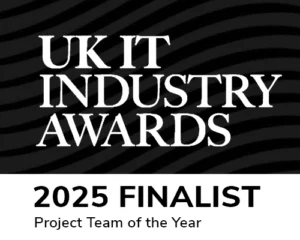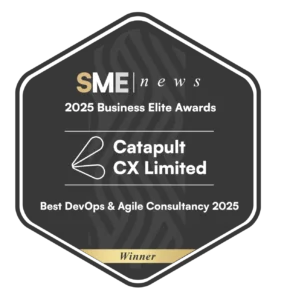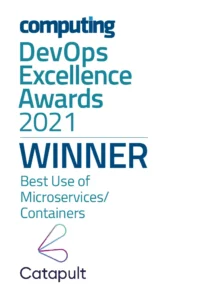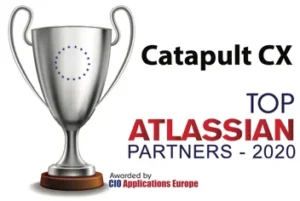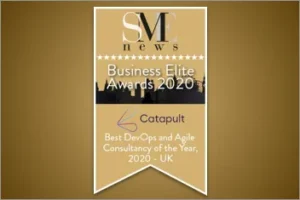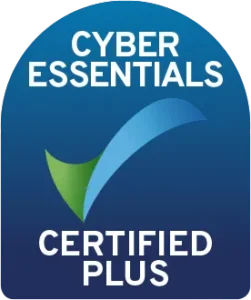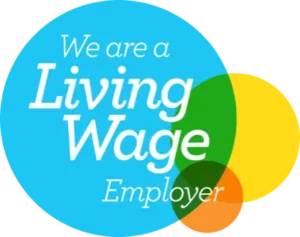The illusion of control
Most CIOs and CTOs know vendor lock-in when they see it. A platform that once promised speed, now dictates timelines. Feature requests wait months in a backlog you don’t own. Commercial renewals feel less like partnerships and more like ransoms.
The problem isn’t just cost. It’s control.
When your business logic, data flows and customer experience sit inside someone else’s product roadmap, you’ve lost the ability to set your own. Outsourcing can accelerate early growth, but over time it limits innovation, erodes IP ownership, and slows delivery.
This is why leading organisations are now bringing critical systems back in-house. Not to cut costs, but to reclaim strategic control and build capability that endures.
The real cost of vendor lock-in
Outsourcing decisions often start rationally – reduce operational overhead, access niche skills and lower risk. But the trade-offs compound quietly. Over years, dependency hardens into constraint.
The pain points are not just frustrating, they are strategic liabilities.
- The hidden cost of delay. Vendor priorities rarely match your roadmap. When every change requires a contract variation, agility dies. Release cycles stretch, new features lag behind market needs and your teams lose the ability to test, learn and iterate at pace.
- Innovation by proxy. Your IP, source code, integrations and algorithms, sit behind another organisation’s firewall. You may own the outputs, but not the process. You lose the institutional knowledge of how your system works, making future innovation hostage to the vendor.
- The ‘Black Box’ problem. When your core platform is a black box, your internal teams are reduced to managing tickets. They lose the engineering muscle and deep system knowledge required to solve complex problems, creating a vicious cycle of dependency.
- Eroding your asset value. Your platform is a core business asset. But if it’s controlled by a third party, is it really your asset? This dependency becomes a liability, impacting your ability to pivot, scale, or even sell the business. True capability improves EBITDA multiples and investors value what you control.
The financial illusion vs. the strategic reality
The single biggest objection to insourcing is almost always cost. A simple TCO (Total Cost of Ownership) analysis, like the one below, makes outsourcing look like the obvious financial winner.
The biggest objection to insourcing is almost always cost, usually framed through a simple TCO comparison that makes outsourcing look like the cheaper option. But that view is incomplete.
Cost alone doesn’t tell the whole story. An outsourced team may look more expensive on paper, but if they’re delivering disproportionate value e.g. faster delivery, deeper expertise, reduced risk, or greater innovation, that can more than justify the difference.
The real question isn’t “Which model is cheaper?” It’s “Which model creates more value and keeps creating it over time?”
When you shift the lens from pure cost to strategic impact, the equation changes fast.
The on-paper illusion
| Cost Component | In-House Team (Annual) | Outsourced Team (Annual) | Notes |
| Salaries (7 FTE @ £95k ago) | £665,000 | Internal fixed cost | |
| Benefits & taxes (25%) | £165,000 | ||
| Vendor service fees | £420,000 | Based on £60/hr, 1,500 hrs/FTE | |
| Recruitment & onboarding | £45,000 | £10,000 | Hidden ramp-up costs |
| Retention & bonuses | £65,000 | ||
| Tooling & licences | £50,000 | Included | |
| Office & infrastructure | £90,000 | ||
| Management overhead | £200,000 | £40,000 | Vendor management vs. team leadership |
| Annual subtotal | £1.28M | £470K | |
| Five-year total | £6.4M | £2.35M |
Note. This TCO model is illustrative.
At face value, outsourcing appears ~60% cheaper. But that maths ignores:
- Rework and delay. Slower delivery costs market share.
- Margin loss. 20–40% of spend funds vendor overhead.
- Opportunity cost. Six months of dependency can erase a year of savings.
- IP equity. IP equity only grows when you build the right things. Creating in-house can increase value, but it can just as easily create a maintenance burden if you’re building what isn’t unique or strategically important. The real trade-off isn’t ‘build v buy’, it’s maintenance costs v dependency management. The rule is straightforward. Build only when it’s distinctive and delivers real advantage, otherwise, leverage what already exists.
The correct model isn’t simple cost. It’s strategic control.
The correct model for this decision isn’t a simple TCO. It’s a strategic decision matrix.
The strategic reality. An insourcing decision matrix
This tool reframes the conversation from ‘cost’ to ‘control’ and ‘value’. It forces leadership to score the platform against the factors that actually drive long-term competitive advantage.
Score each factor from 1 (Low strategic importance) to 5 (High strategic importance).
| Decision Factor | Weight (1-5) | Score (1-5) | Total (Weight x Score) | Notes |
| 1. Strategic Importance | 5 | 5 | 25 | 5 = Core differentiator. 1 = Commodity utility. |
| 2. IP & Data Sensitivity | 5 | 4 | 20 | 5 = Involves trade secrets/sensitive customer data. |
| 3. Need for Agility/Change | 4 | 5 | 20 | 5 = Requires frequent iteration and rapid pivoting. |
| 4. UX Criticality | 4 | 3 | 12 | 5 = Customer-facing product where UX is the brand. |
| 5. Knowledge Value | 3 | 4 | 12 | 5 = Foundational platform, knowledge is a long-term asset. |
| 6. Internal Talent Feasibility | 2 | 3 | 6 | 5 = Talent is available. 1 = Niche skills, hard to hire. |
| Total Score | 95 |
This matrix reframes the debate. A high score (e.g., >75) doesn’t mean insourcing is ‘cheaper’. Rather, it means that platform is a core competency that you must own and control, regardless of the line-item cost. The TCO isn’t an expense, it’s an investment in a strategic asset.
When insourcing became a competitive weapon
This isn’t theory. Some of the world’s largest companies reversed their outsourcing strategies when they realised control was their most valuable asset.
Case Study. General Motors (GM)
In the 2000s, GM had outsourced over 90% of its IT operations. This led to a fragmented, slow and expensive technology landscape. In 2012, its new CIO launched a massive strategic reversal, insourcing over 10,000 IT jobs.
The Result. GM consolidated its data centres, built its own ‘private cloud’ and created four ‘innovation centres’. By owning its technology stack and talent, it transformed IT from a cost centre into an engine for innovation in connected cars, autonomous driving and customer experience.
The 4-phase roadmap to autonomy
Insourcing isn’t a switch, it’s a sequence. Catapult uses a four-phase roadmap that ensures stability and knowledge transfer while reducing risk.
- Assess & align
Audit dependencies, contracts and data flows. Use the Insourcing Matrix to validate what belongs in-house. Secure executive backing for the 12–18 month transition window. - Build the foundation
Hire a core ‘seed team’ (engineer + delivery lead). Establish new infrastructure, CI/CD pipelines and observability. Shadow existing vendors to capture knowledge and define runbooks. - Transition gradually
Use a ‘strangler’ approach. Rebuild one service at a time while both systems run in parallel. Validate each release in production before moving to the next. - Transfer & optimise
When the final component is stable, terminate the vendor contract, hand over IP and pivot to continuous improvement under full internal ownership.
This method converts insourcing from a leap of faith into a measurable, low-risk transformation.
Regain control of your roadmap
Vendor lock-in is not just a technical constraint, it’s a strategic one. If your delivery cadence, feature backlog, or customer experience depends on another company’s capacity, you’ve already ceded part of your competitive edge.
Insourcing is how you take it back. It is a declaration that your platform, your data and your customer experience are core business assets, not someone else’s managed service.
Catapult’s role is as an enabler, not a replacement. We don’t replace your vendor dependency with a new one.
- We use our Insourcing Diagnostic to evaluate control gaps, talent maturity and system dependencies.
- We architect the transition roadmap and build the foundational platform (Phase 2).
- We embed hybrid teams that work with your new hires to execute the phased migration (Phase 3), transferring skills, patterns and culture in the process.
With the right plan, you can reclaim ownership of your platform, your data and your future, without disruption.
Book an Insourcing Readiness Review to understand where control has slipped, what’s worth bringing home and how to make the transition safely.

